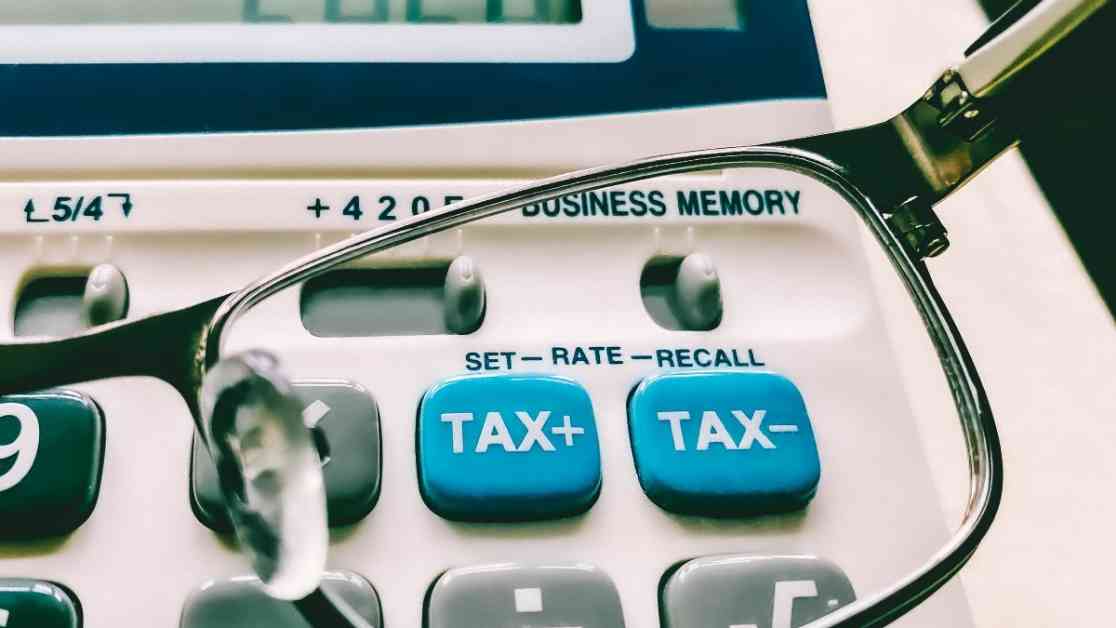In Budget 2025, Finance Minister Nirmala Sitharaman made headlines by announcing a significant boost in income tax savings, reshaping the way taxpayers assess their financial obligations. Amidst this wave of change, a standout revelation emerged – individuals with earnings up to Rs 12 lakh are now exempt from paying income tax in the revamped taxation system.
The Finance Minister’s address was a beacon of hope for many, particularly those within the Rs 12 lakh income bracket, as she unveiled a vision of tax-free horizons. By incorporating a standard deduction of Rs 75,000, the effective tax-free threshold was raised to Rs 12.75 lakh, offering a newfound sense of financial relief for many hardworking individuals.
Restructuring Tax Rates and Rebates
Delving deeper into the intricacies of the Finance Bill 2025, insights provided by the Central Board of Direct Taxes (CBDT) shed light on a pivotal aspect of the rebate system. Despite the income threshold being set at Rs 12.75 lakh, individuals are still eligible for rebates even if their total income surpasses this mark, thanks to a thoughtful exemption for certain income sources like capital gains.
Within the personal taxation clauses of the Finance Bill, several key points were highlighted:
– The tax rates remain unchanged for those opting for the old tax regime.
– Rates of surcharge and education cess will also remain stable.
– A revised tax structure has been proposed under the new tax regime of Section 115BAC, delineating varying tax rates based on income brackets.
Unlocking Tax Benefits and Marginal Relief
One of the most impactful changes introduced under the revamped tax system is the substantial increase in the income threshold for claiming a tax rebate under Section 87A. Resident individuals now have the opportunity to benefit from this rebate up to an income of Rs 12 lakhs, with the maximum rebate amount being raised to Rs 60,000.
A detailed illustration showcasing the tax benefits of the new slab rates and rebates at different income levels was presented to provide taxpayers with a comprehensive understanding of their financial standing.
In a practical scenario, an individual below 60 years of age earning Rs 12.75 lakh witnessed a significant shift in their tax liability. Previously estimated at Rs 83,200 (including cess), the updated Budget changes now translate to a tax-free status on salary income up to Rs 12.75 lakh, leading to substantial savings of Rs 80,000 in tax and Rs 3,200 in cess.
Furthermore, residents earning between Rs 12 lakh and Rs 12.75 lakh are eligible for marginal relief, offering a cushion against escalating tax liabilities. However, once income crosses the Rs 12.75 lakh threshold, marginal relief ceases to apply, subjecting individuals to standard tax rates.
A key factor to consider in this equation is the impact of marginal relief on tax liabilities. By comparing tax obligations with and without rebates against income exceeding the rebate-eligible limit, taxpayers can gain a clearer picture of their financial responsibilities.
For instance, for an income of Rs 12.1 lakh, the tax liability without marginal relief stands at Rs 61,500. However, a proposed rebate of Rs 60,000 for incomes up to Rs 12 lakh significantly alters the tax landscape, offering a much-needed breather for individuals navigating the complexities of the new tax regime.
In conclusion, the Finance Bill 2025 has ushered in a wave of transformative change in income tax regulations, fostering a more inclusive and taxpayer-friendly environment. With revised tax rates, enhanced rebates, and considerations for marginal relief, individuals are poised to embark on a more financially secure journey, armed with newfound clarity and relief in navigating their tax responsibilities.























